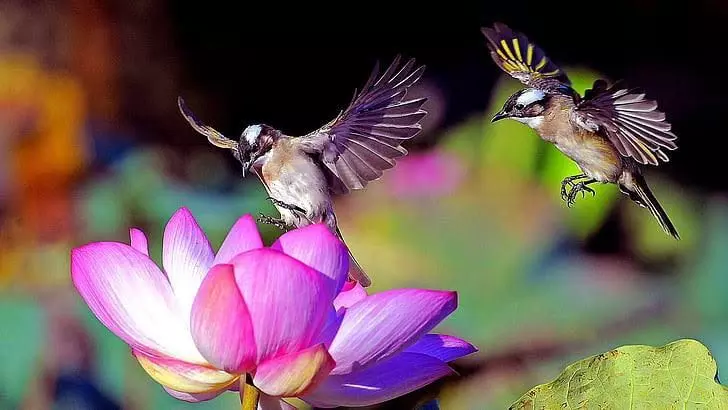New CSIR study sheds light on evolution of plants in India's Western Ghats
India’s Western Ghats are a hotspot for biodiversity worldwide. Many of these creatures are endemic
By Newsmeter Network
Hyderabad: In addition to numerous woody plants, birds, animals, reptiles, fish, and insects, India’s Western Ghats are a hotspot for biodiversity worldwide. Many of these creatures are endemic, which means they only exist in this region.
Ecologists and evolutionary biologists have been busy for the past 200 years examining the variables that affect species richness and distribution patterns in a particular location. In the past two decades, tools that use data on species’ relationships to one another based on their DNA have been crucial in analysing the impact of historical climatic trends on community or species diversity patterns.
In a recent study that was published in the Proceedings of the Royal Society B, Dr. Jahnavi Joshi’s group at the CSIR-Centre for Cellular and Molecular Biology, in collaboration with national and international institutions, shed light on the evolution of plants in the Western Ghats of India.
They discovered that the Western Ghats’ unequal distribution of evolutionary variety is caused by both the current climate and historical geographic and climatic factors. Additionally, they have witnessed the effects of niche conservatism for wet sites, where lineages tend to stay in the niche where they first evolved and continue to survive, sometimes even creating new species.
“This study adds to a number of taxonomic studies conducted in the area, which demonstrate the Western Ghats’ remarkable variety of woody plants, of which more than 60% are indigenous. The southern Western Ghats is a ‘museum’ and ‘cradle’ of evolutionary diversity, which means they include both old and new (on evolutionary timelines in millions of years) species. This is demonstrated through an analysis of the evolutionary diversity. Intriguingly, the southern Western Ghats have six times as many species as the northern Ghats, where these species likewise have a restricted range,” said Abhishek Gopal, the study’s first author.
“Large-scale studies like this one, which covers a vast geographic region, examine timelines in millions of years, and contain hundreds of species, are useful because they enable us to determine if there are any universal principles governing how variety is produced and preserved. We demonstrate the enormous evolutionary variety seen in the Western Ghats. We emphasise the Western Ghats’ importance to the world while highlighting the necessity of safeguarding the southern Western Ghats, which serve as a catalyst for plant variety and persistence. The outcomes of this research can be applied to strengthen the already-existing landscape-protected areas, which are under significant anthropogenic stress,” Dr. Jahnavi Joshi, the study’s principal author, stated.